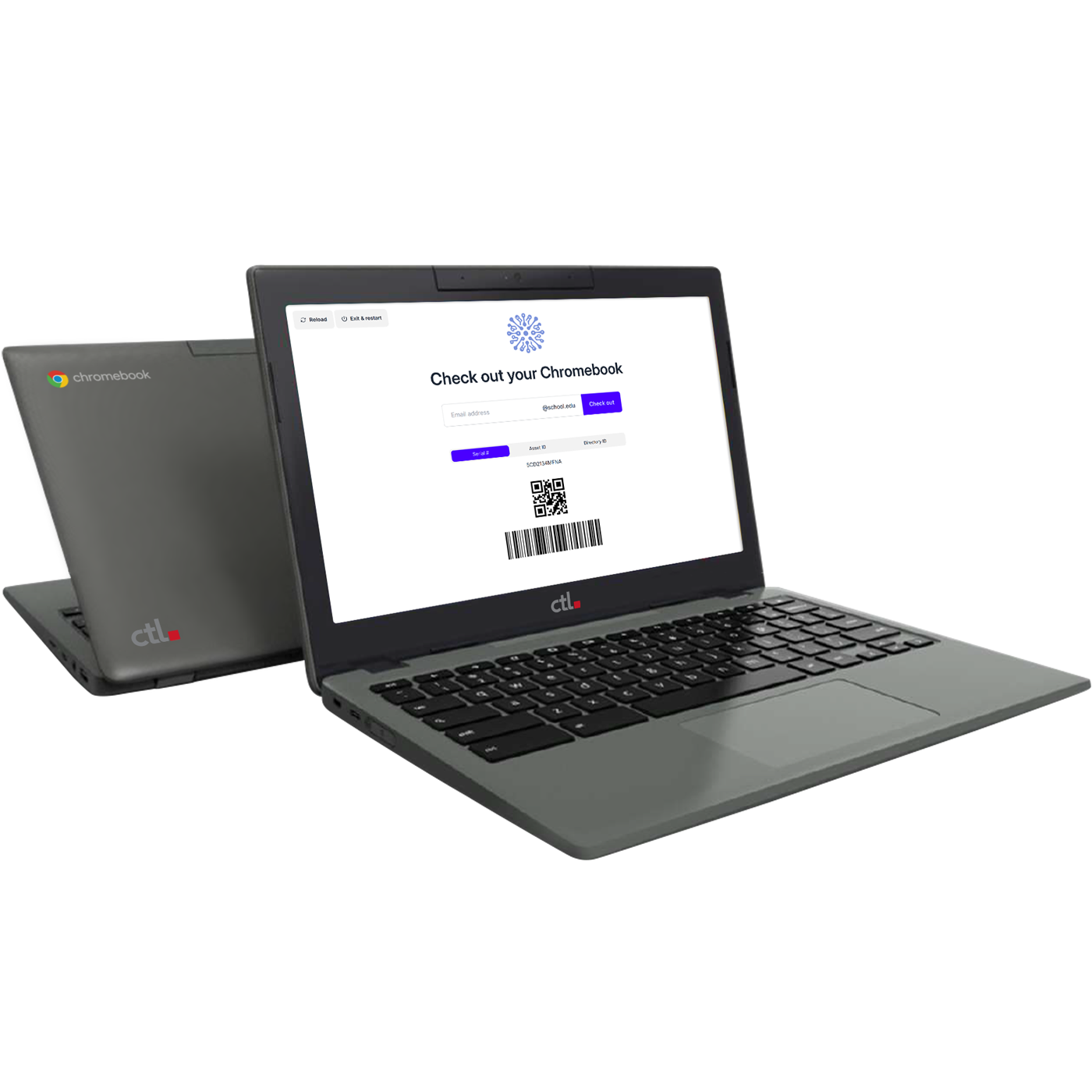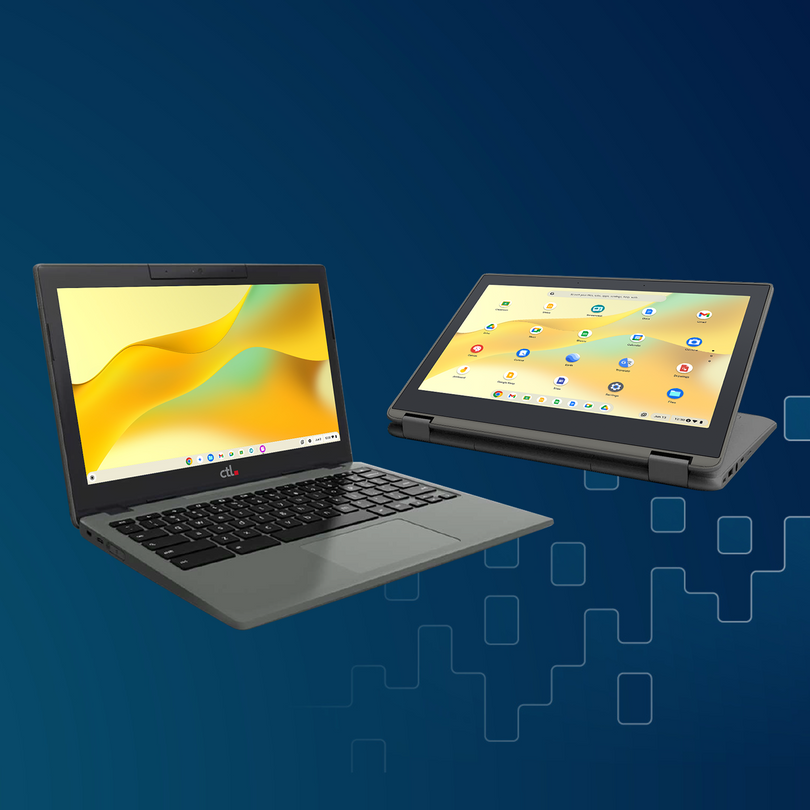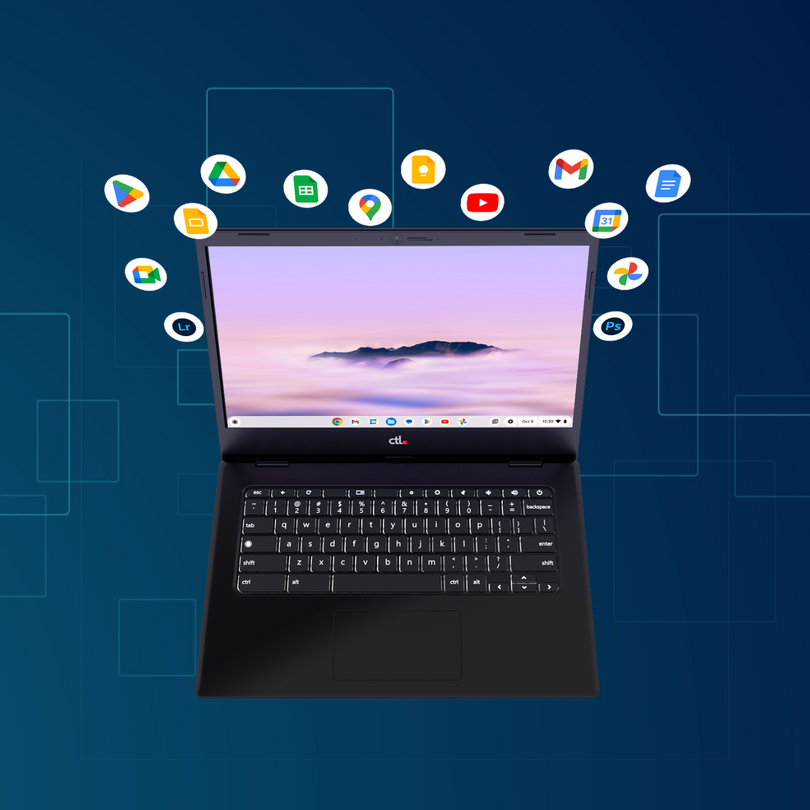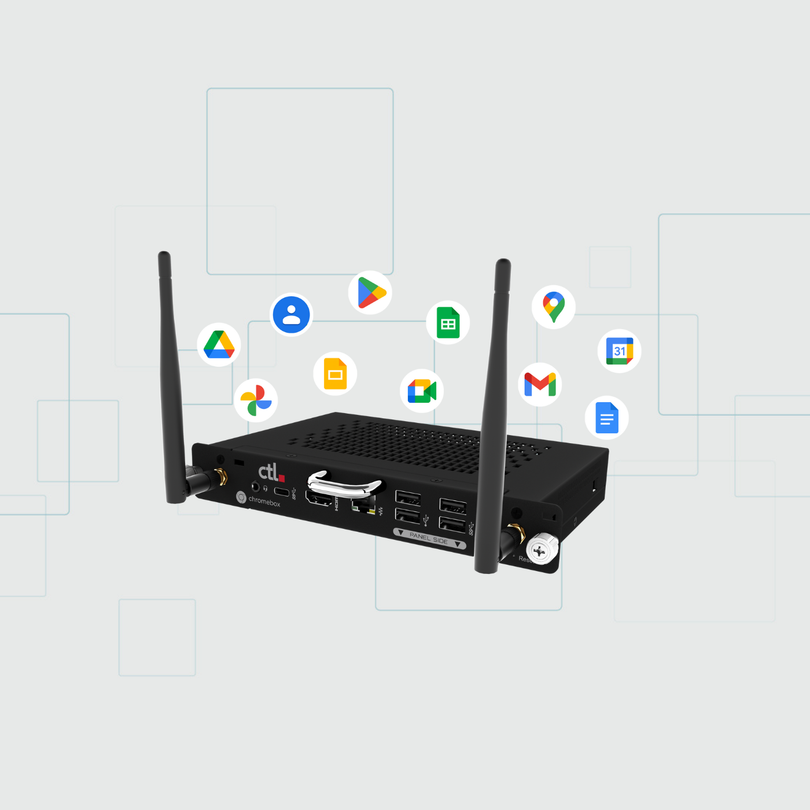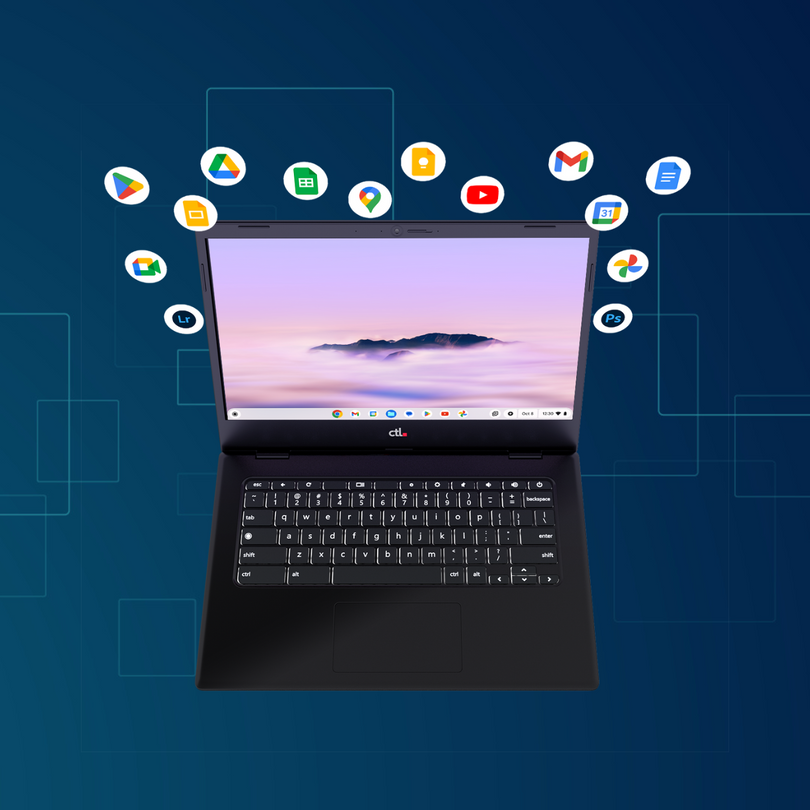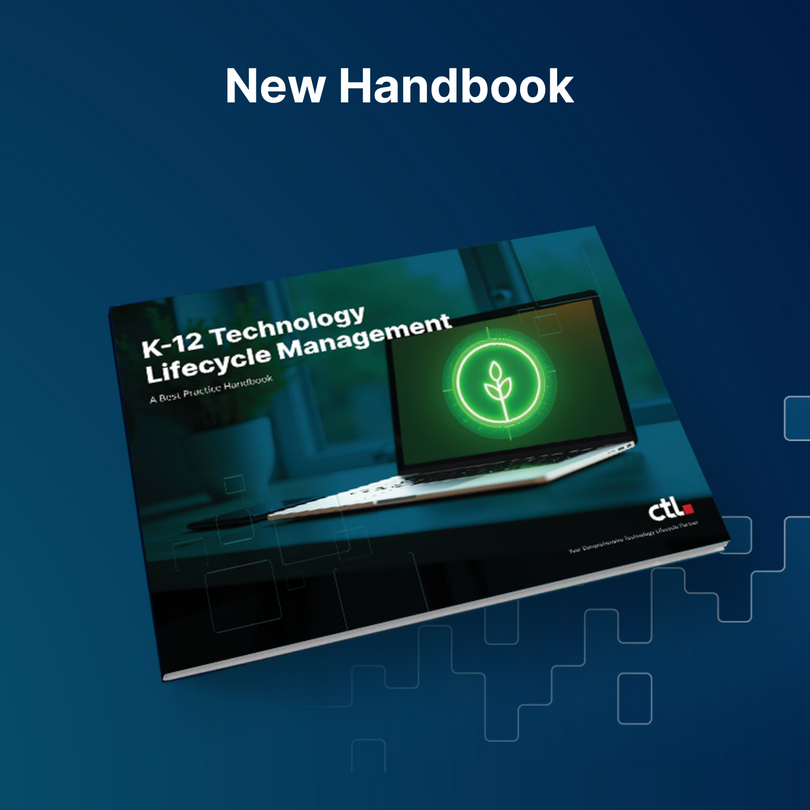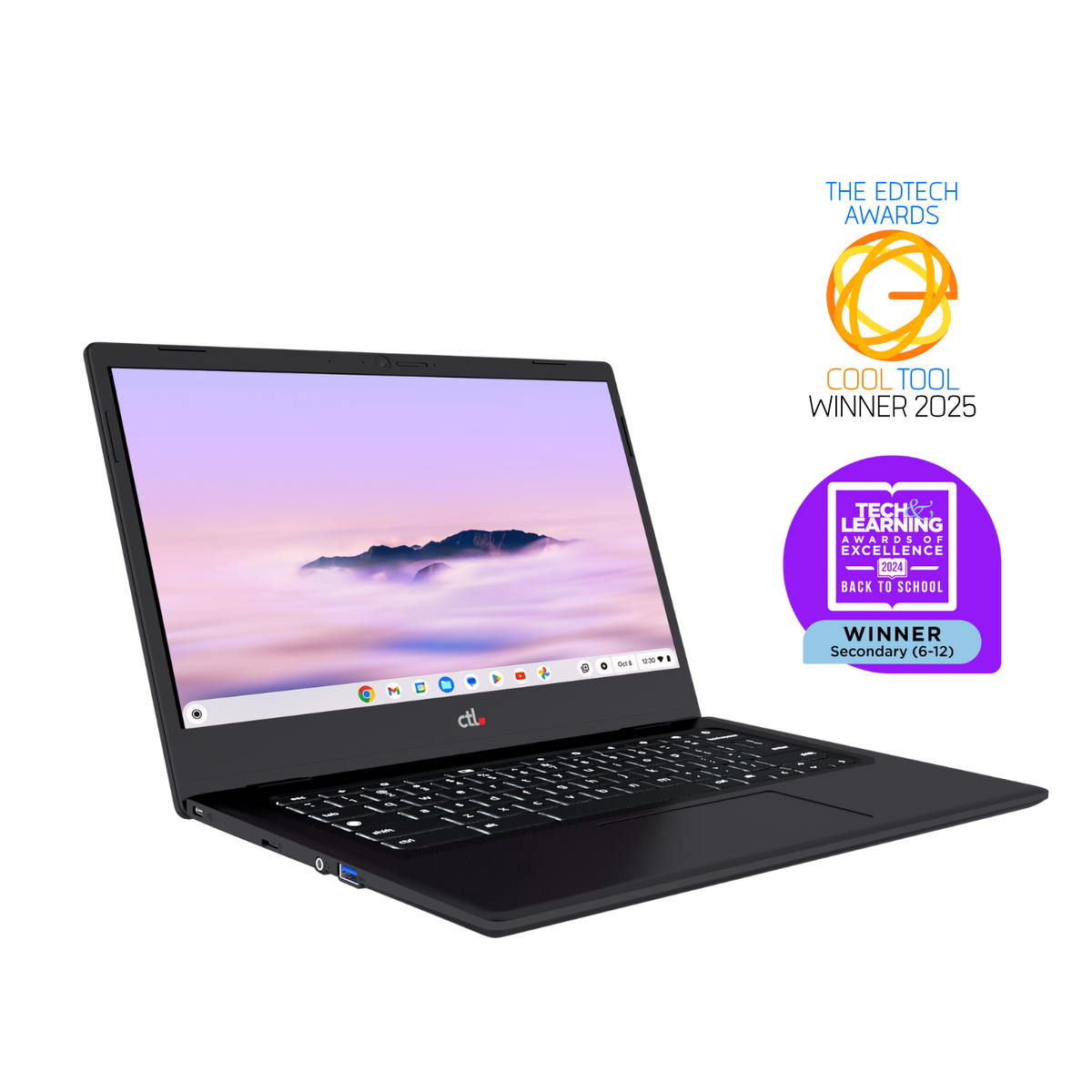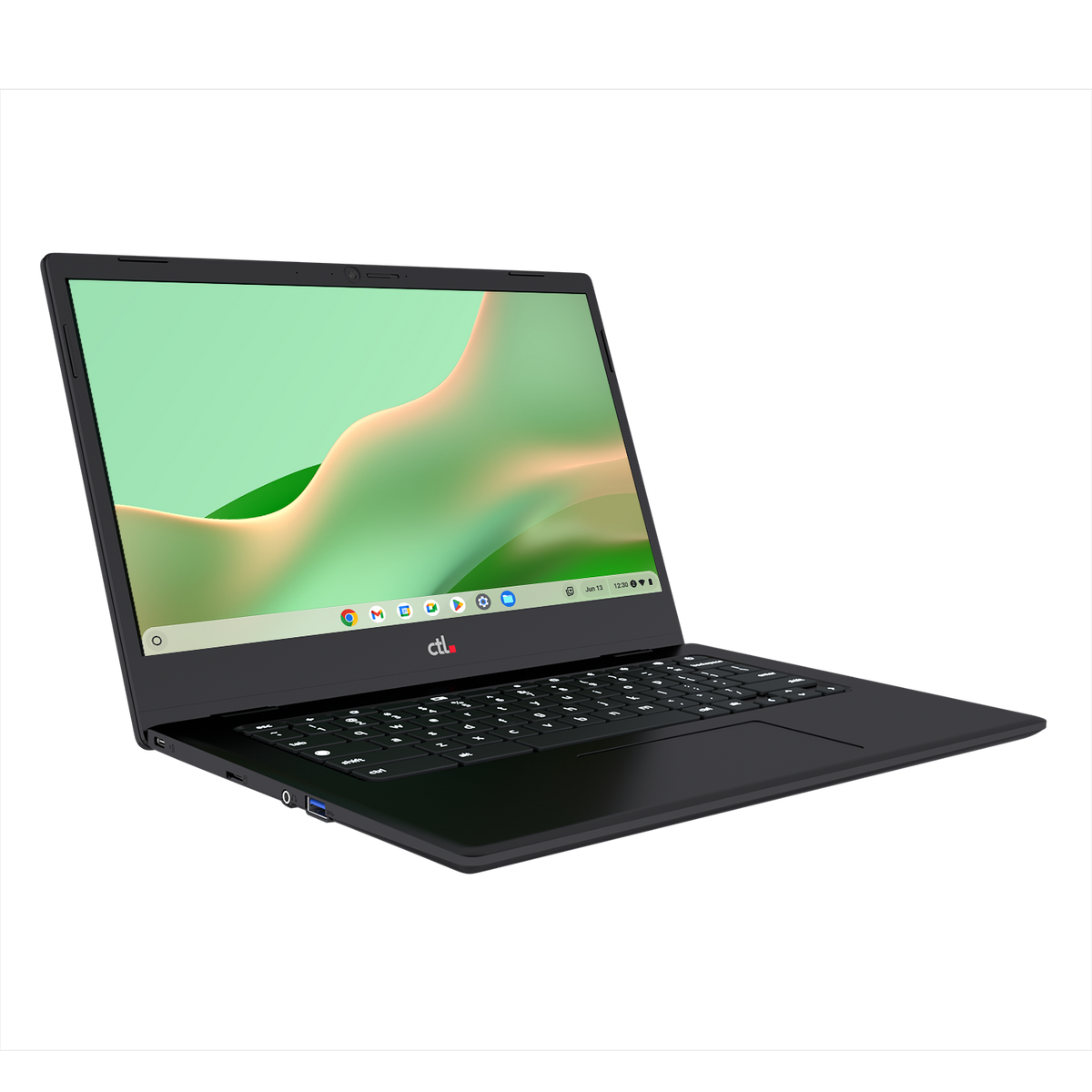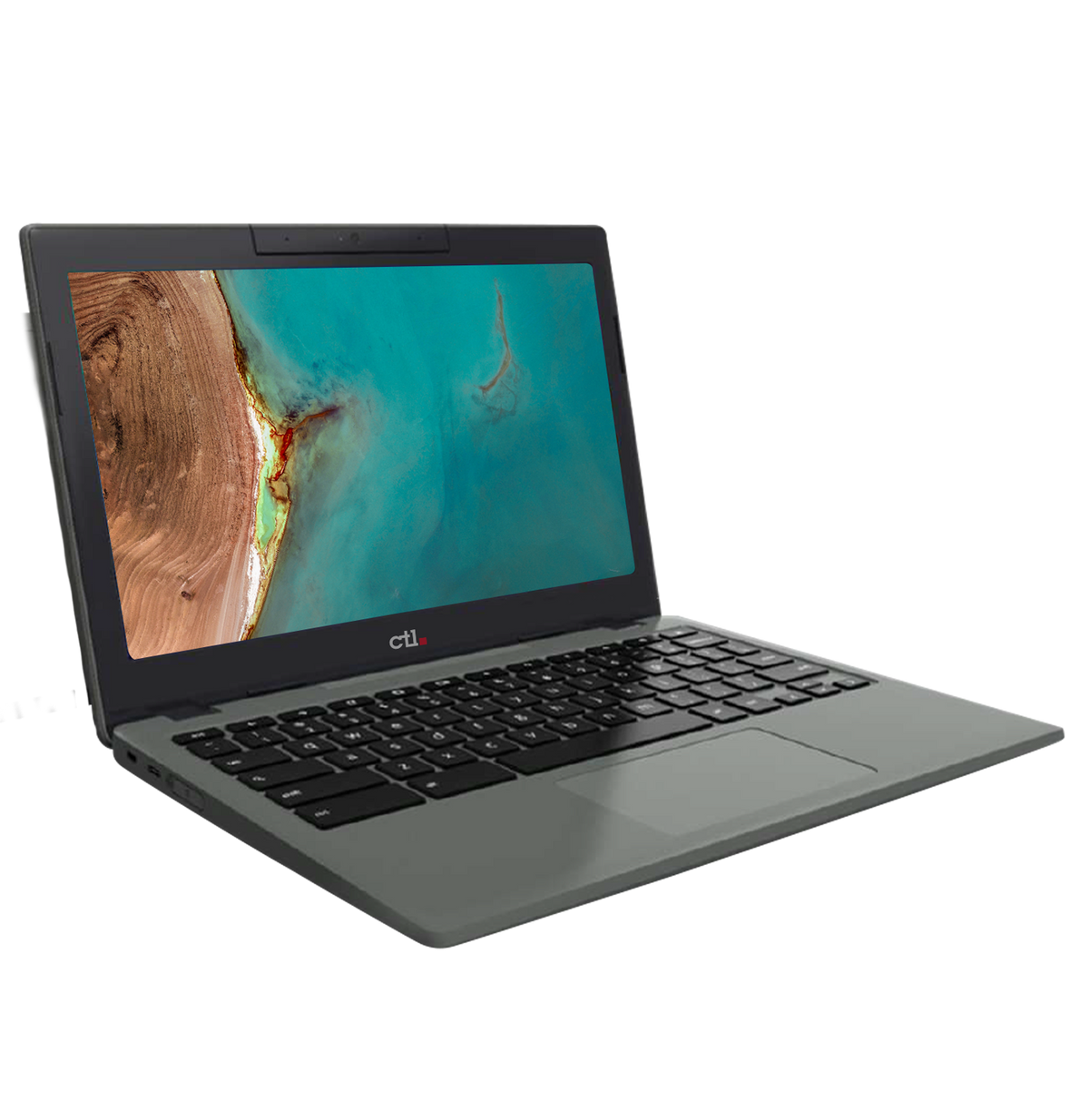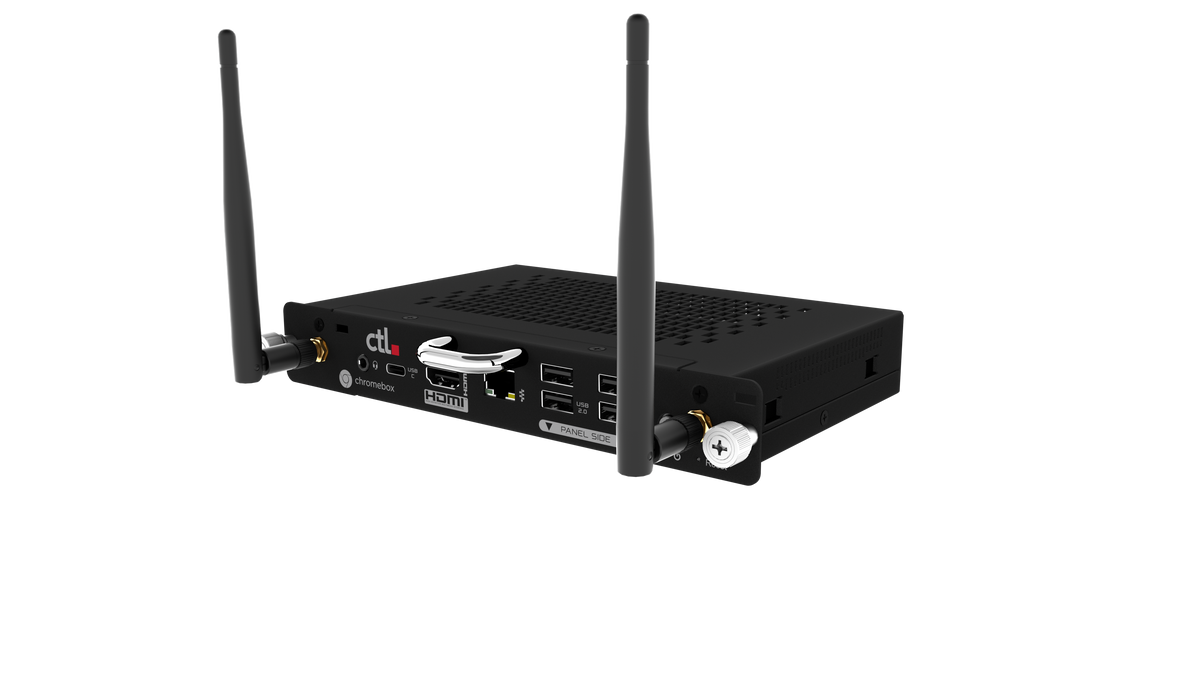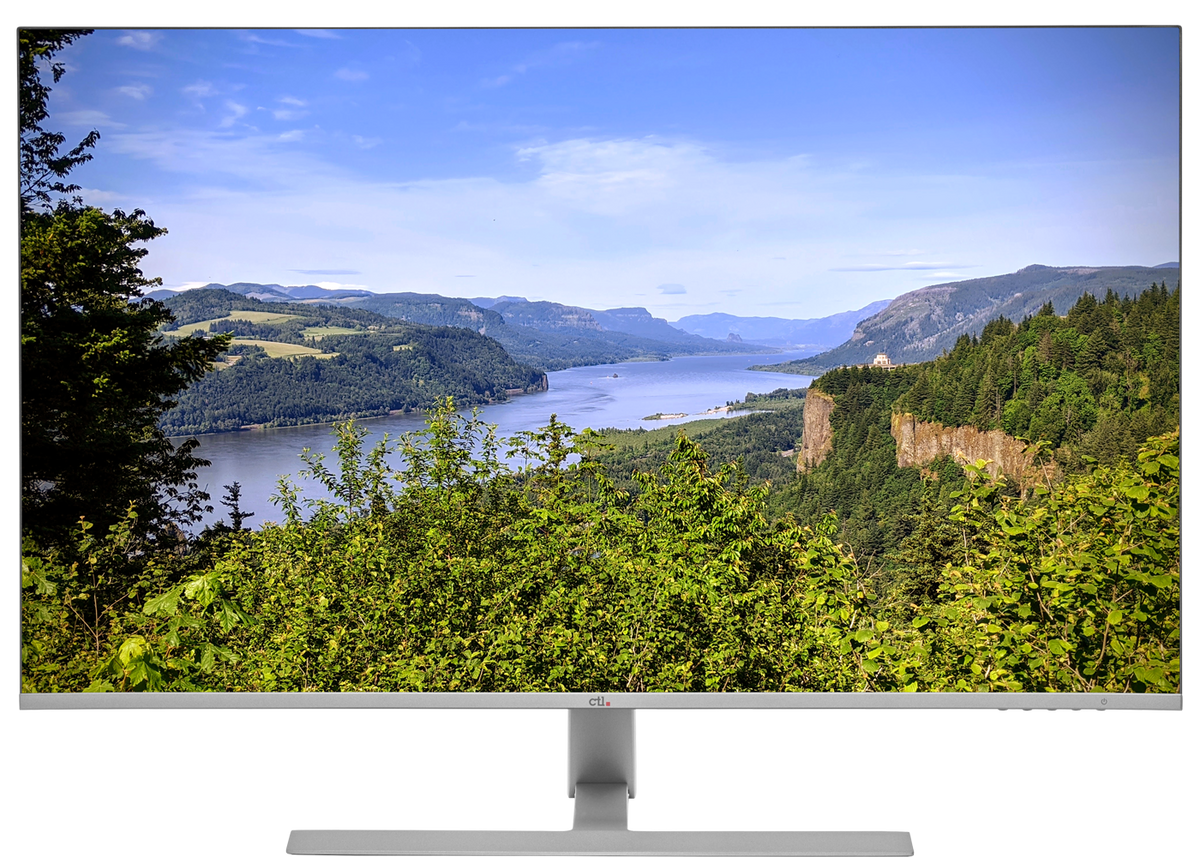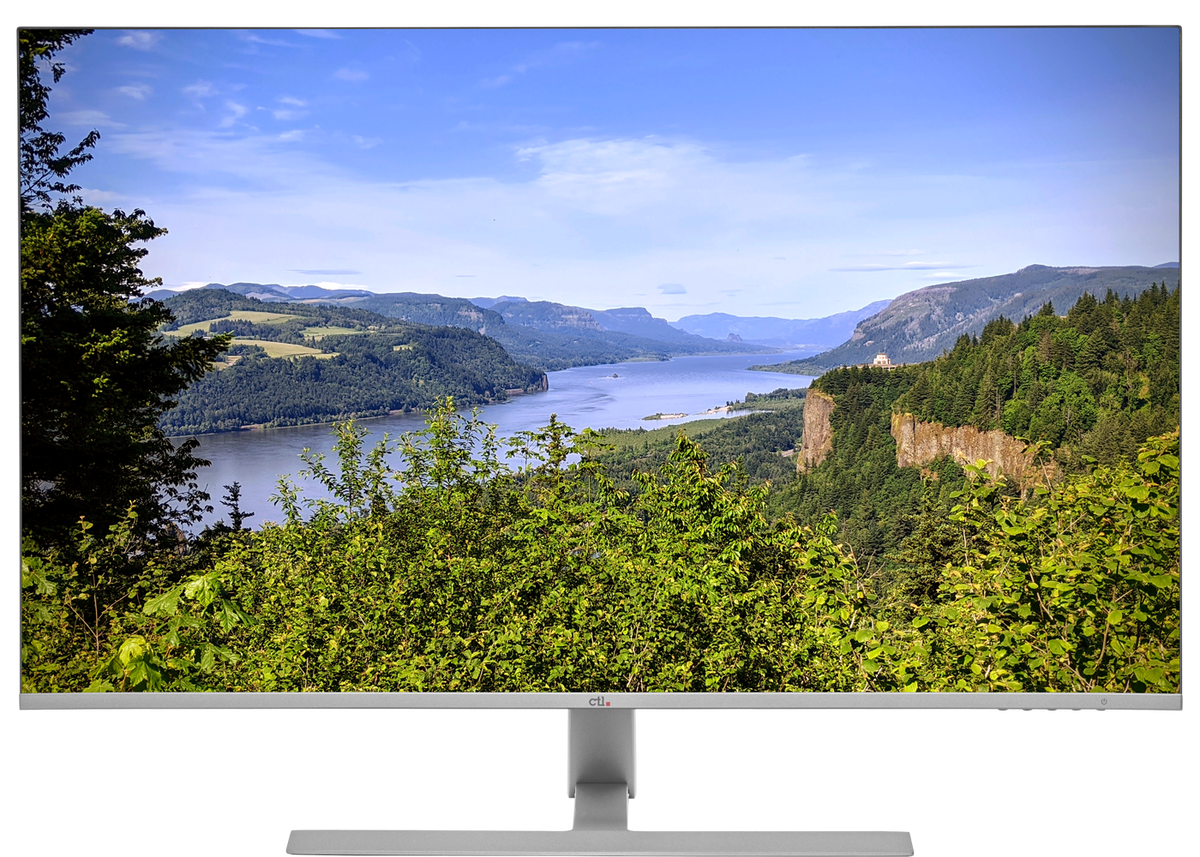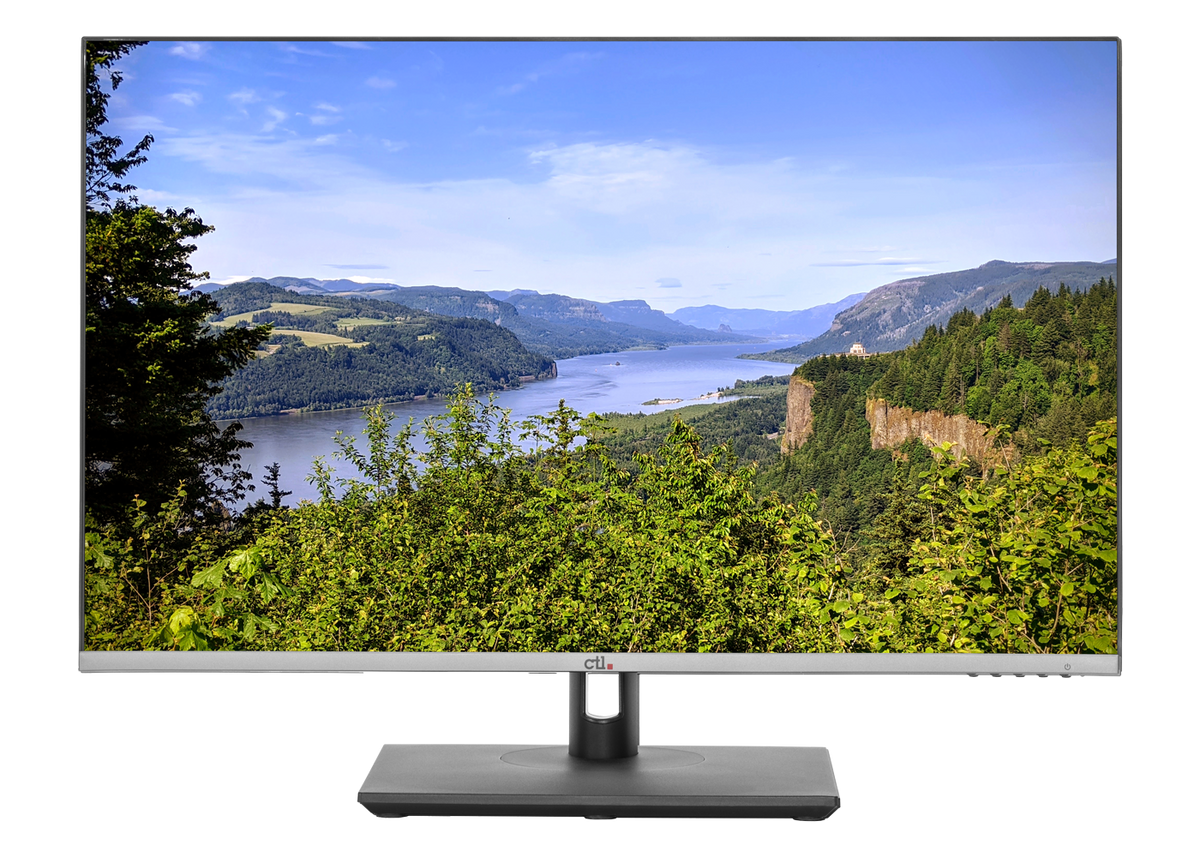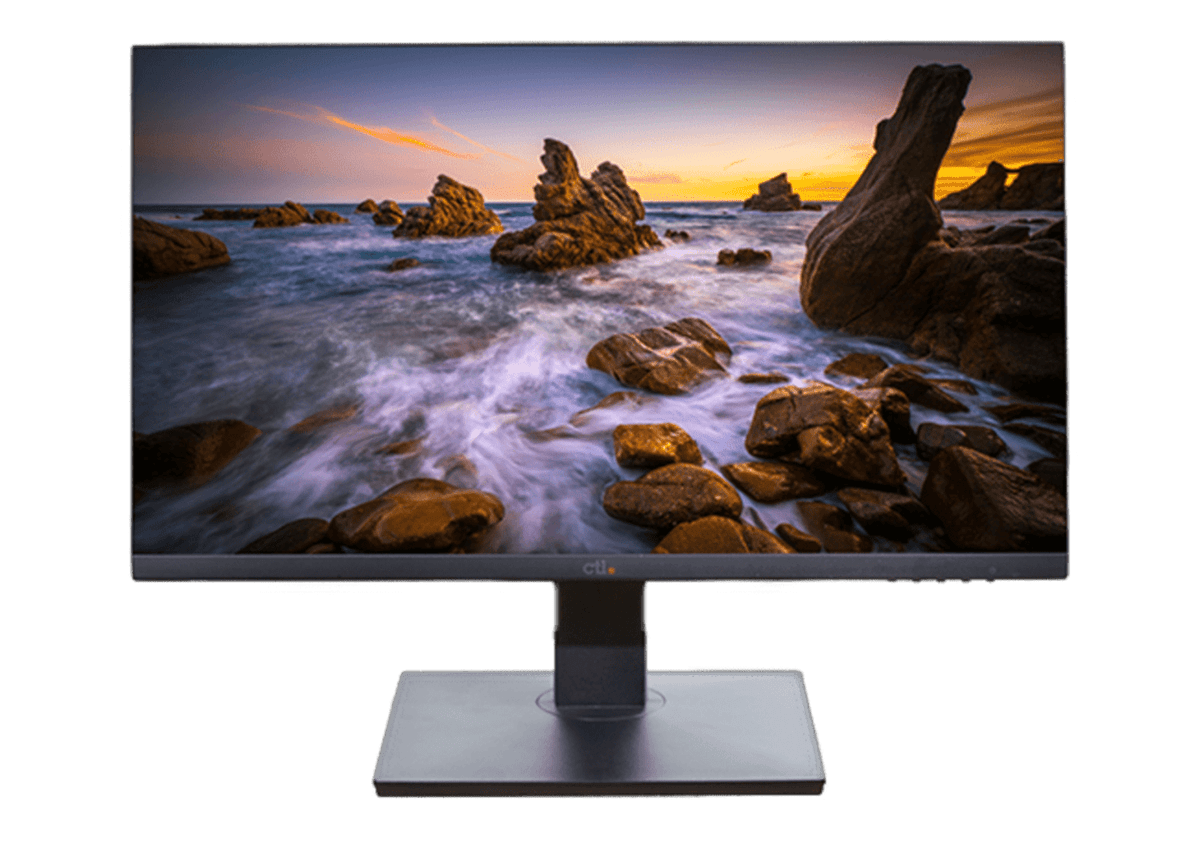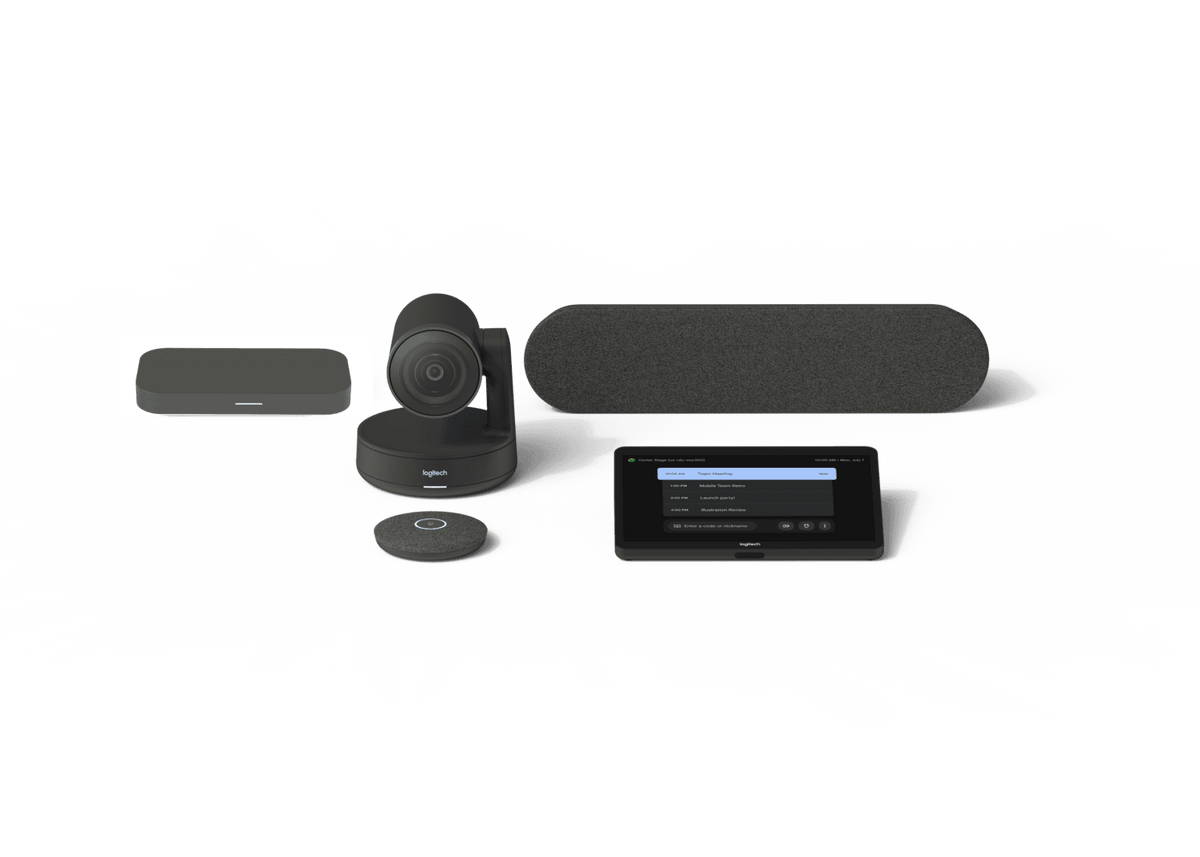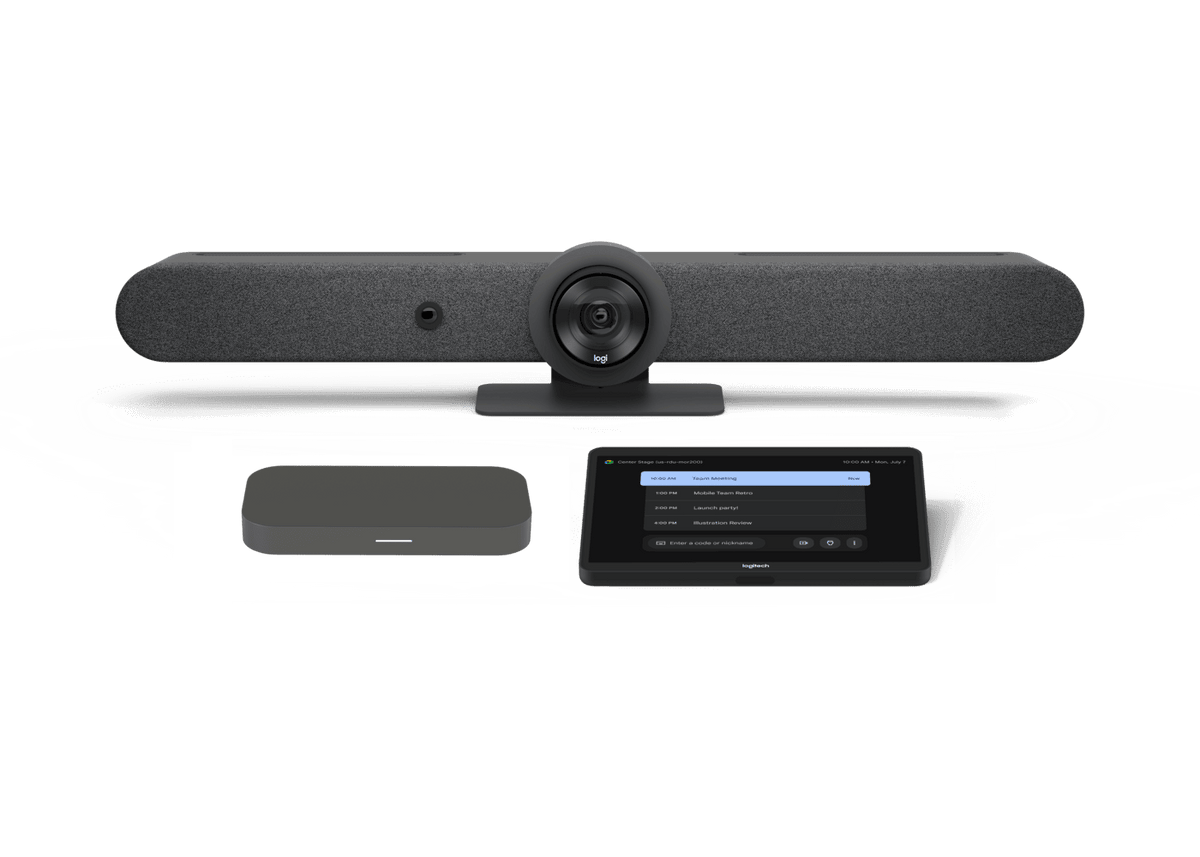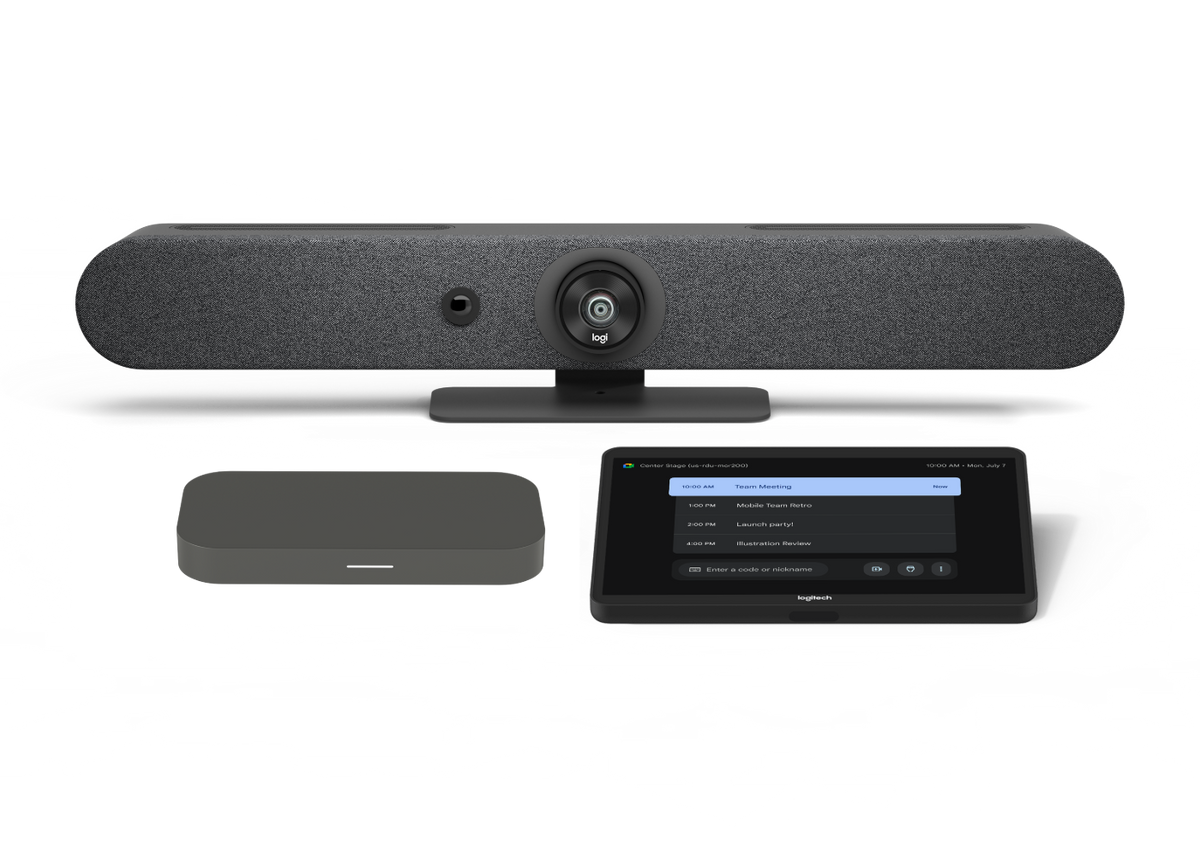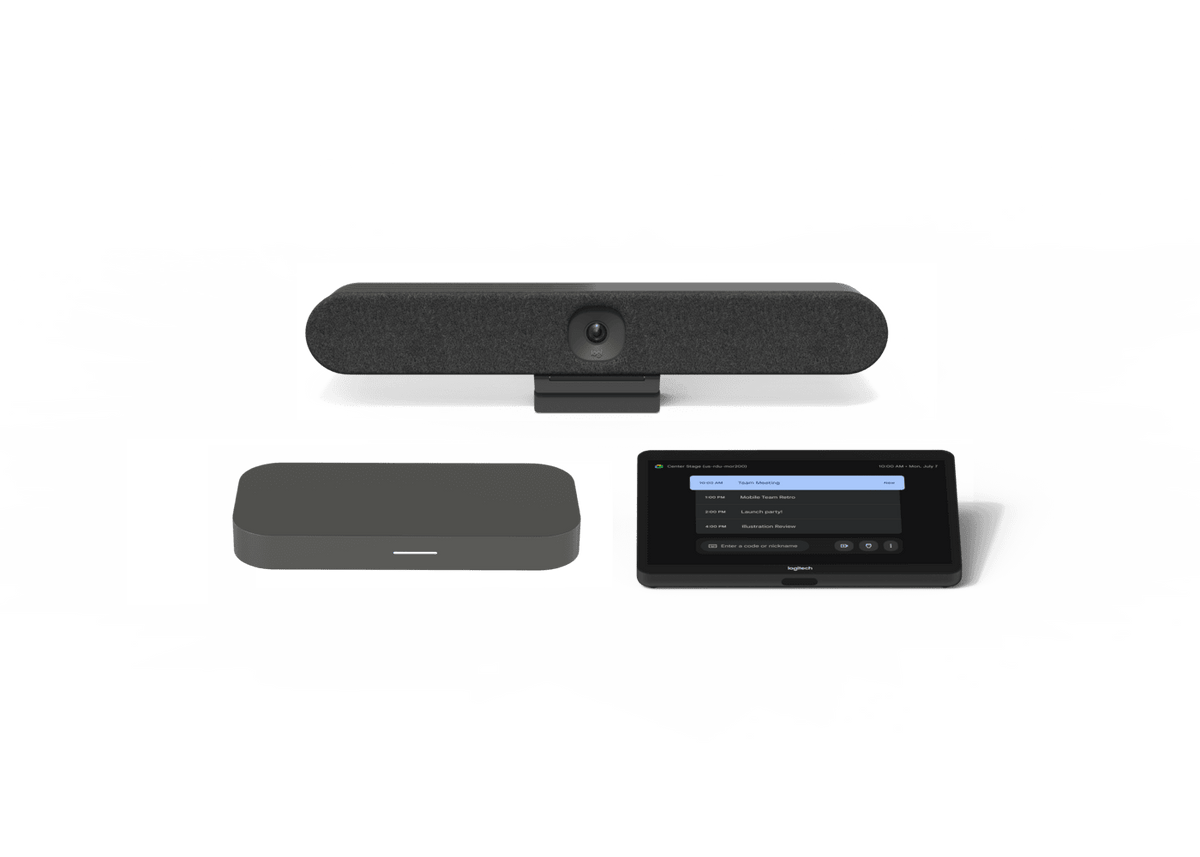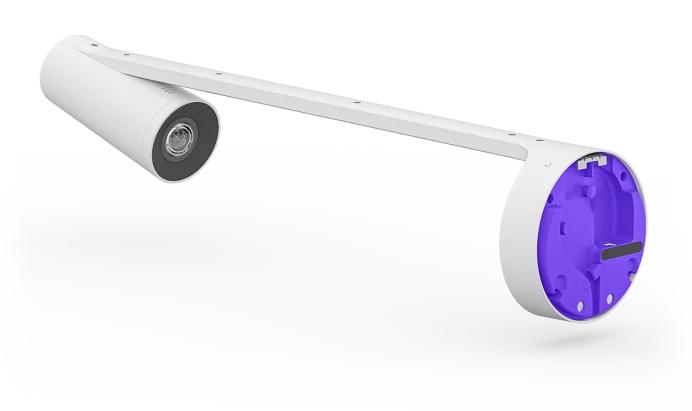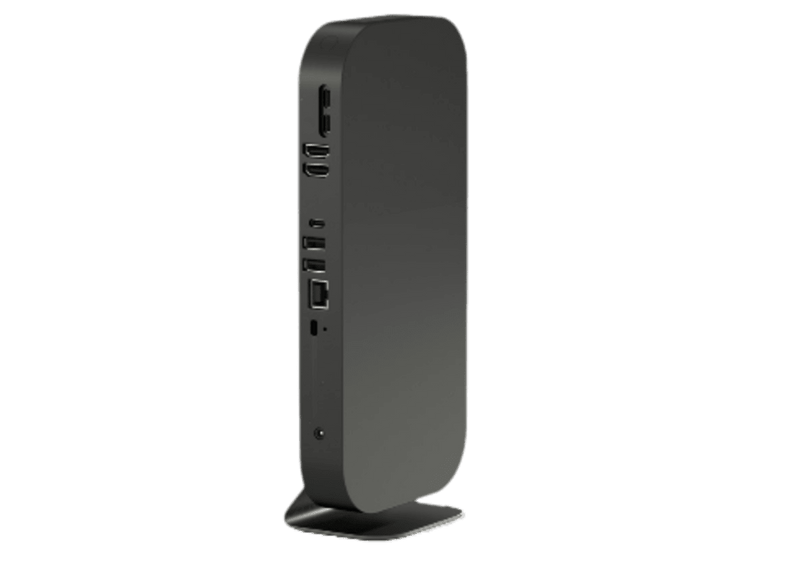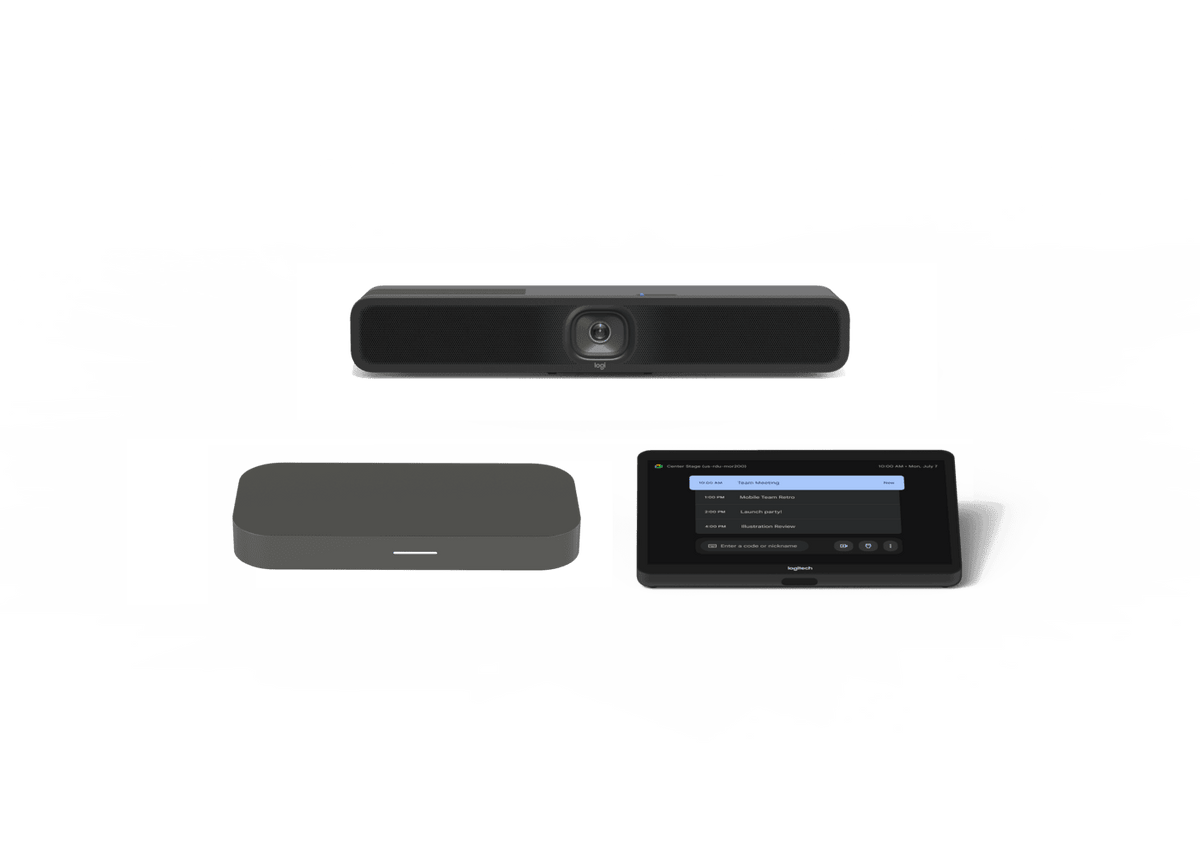Users of the Chrome OS will tell you that it is far superior to Microsoft Windows, because of its speed. The reason for this is that the Windows applications used on Chromebooks are not “full” versions; they are often a little stripped down.
Continue on for a few tips and tricks on how to get back some of your Chromebook’s original speed.
Check For Updates
User should always be updating their devices, the same goes for Chromebook users. Despite Google sometimes making a mess of an update, it’s still important to update the OS for speed purposes. While Chromebooks update automatically, users can make this an even quicker process by manually checking for themselves:
1. Open the Settings app.
2. On the left-hand sidebar, scroll down and click “About Chrome OS”.
3. Click the blue “Check for updates” button.
4. Wait for the update to complete and then click “Restart”.
Free Up Some Storage
Most electronic devices with storage space slow down over time as they fill up. There are a lot of technical reasons why this occurs. Tech experts recommend having at least 25% of your total storage space free for a device to work effectively. So keep in mind that if you love to have a number of apps that perform all your favorite small tasks and keep you entertained, you may need to be more selective in what you keep if you want to get some speed back.
Investing in external storage devices, SD cards, thumb drives or using Google Drive to store files, videos and music is another solution to freeing up space. The Files app by Google is a free tool that helps to clean up a Chromebook. It suggests what files are potentially too large, are duplicates or haven’t been used in a while (and can be deleted).
Clean Up Extensions
Sometimes you might have bad actor extensions or just old ones you don’t use anymore, but reviewing and deleting Chrome Extensions is also a great way to speed things up on your Chromebook.
Type ‘chrome://extensions’ into the URL bar, hit enter and start reviewing those extensions!
Particular types of bad extensions are the ones that are PDF converters or email managers as many malicious extensions disguise themselves within these.
Use Tab Group Features More Frequently
The Chrome OS has a new Tab Groups feature. Not only does it make your workflow more streamlined and smooth (especially visually), but Tab Groups will automatically free up your Chromebook’s RAM when you run it. This feature collapses all the tabs into a group (so they don’t clog up your browser bar) and you can expand them at anytime. The Save feature also allows you to bring tab groups back later, fully restored.
1. Right-click any tab in Chrome.
2. Hover over “Add to new tab group”.
3. Click “New group”.
4. Create a name for your new Tab Group.
5. Pick a color for the group.
6. Click off of the dialogue box to save your changes.
Maybe It’s Just Time For An Upgrade?
Finally, and while this isn’t a helpful technical suggestion, if you’ve done all the tips suggested and your Chromebook is still running too slow, then it might be time to open up your wallet.
Chromebooks are arguably the most efficient and inexpensive devices at its price point. New hardware is coming out all the time and they only get smaller, lighter and faster. Everything you have on your old, slow Chromebook will be backed up in the cloud too, so when you get your new device it’s simply a matter of signing into Google again.

